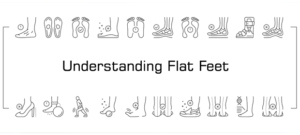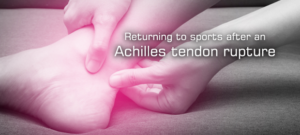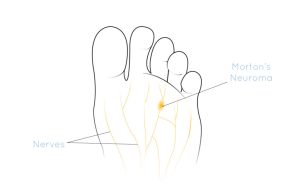Ingrown Toe Nail Removal
Partial or full nail removal/ nail avulsion:
The most common procedure carried out to treat ingrown toenails is the partial or full nail avulsion.
Following an assessment, your specialist will determine whether partial or full nail removal is required. They will also discuss the option with an without a chemical called phenol.
This is a minor procedure performed under local anaesthetic for an ingrown toe nail that has not resolved by simple removal of spike or recurrent problem. It is performed using specialist ingrown toe nail equipment.
A local anaesthetic to the toe will be administered followed by removal of a nail wedge, which effectively means the very side of the affected nail. Care is taken to ensure that only cosmetically acceptable sized wedge is removed. A chemical such as phenol or cautery may be used to burn the root of the nail in the corner to permanently narrow the nail to prevent recurrence of the problem.
Recovery
Initially after the procedure the foot should be kept elevated. You can usually return to work the next day but refrain from vigorous exercise for 2 weeks after surgery.
This ingrown toe nail surgery procedure is highly successful with our clinic performing this procedure on a daily basis.
Excision of the nailbed:
Surgical excision of the nail root is also possible, where the wound is closed using sutures. The procedure may be carried out under either local anaesthesia as an outpatient procedure or sedation, where you would be admitted for half a day.
The corner of the nailbed will be excision followed by removal of the root and affected section causing you pain.
This procedure involves a larger dressing and post operative rest. Over the first 3-5 days you should rest at home and avoid high impact activities for 3-4 weeks. The sutures are removed 2 weeks after the procedure.
Subungual exostectomy procedure:
In some cases, the ingrown toenail is caused by a small bone spur at the top of the bone underneath the nail, which is called a subungual exostosis. The bone spur causes the nail to lift and push into the tissue to the sides of the nail. The bone spur will be confirmed on X-rays prior to any surgery.
The procedure is carried out under local anaesthesia or sedation, where you will be admitted for half a day in the hospital.
An excision is made at the top or on the side of the toe, the nail may be removed also so that your surgeon can access the bone spur region. The bone spur is removed and sutures used to close the wound.
Following the procedure you will need to rest at home for 5 days and you will need to avoid high impact activities for 3-4 weeks. The sutures are removed at 2 weeks following the procedure.
Related Blogs
Thoughts and advice on foot health care from the Podogo team.


















































